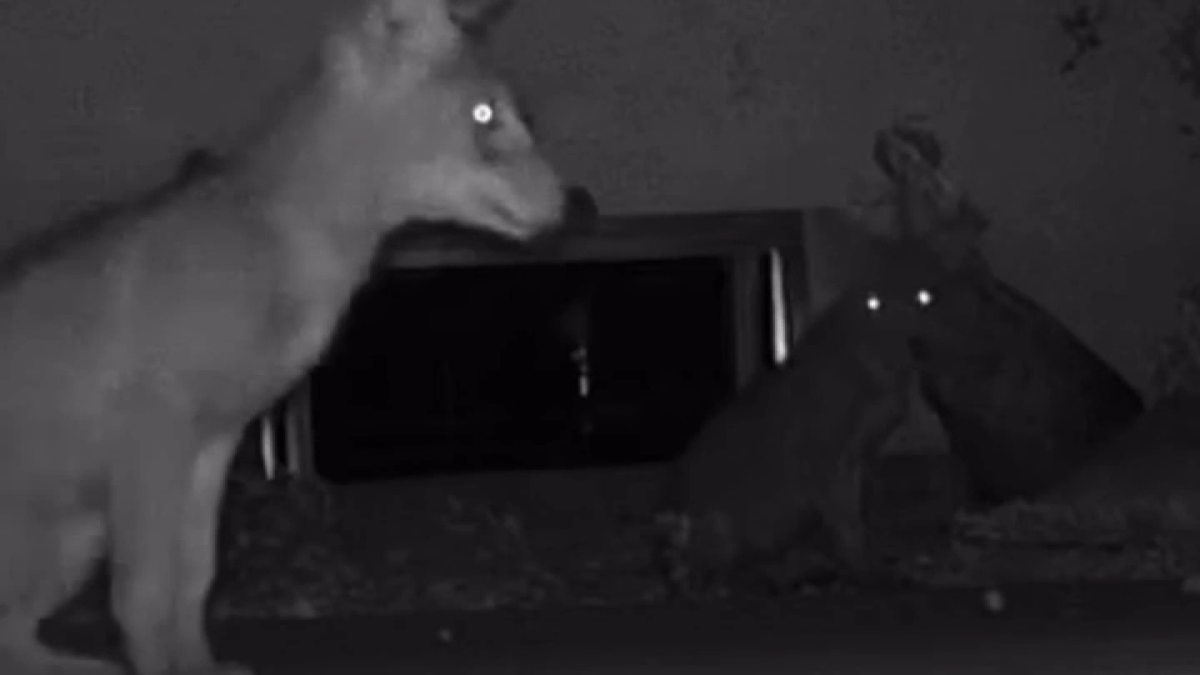Across Los Angeles, including in Leimert Park and Mar Vista, people say they’re seeing and hearing more coyotes in urban areas than ever before.
Experts aren’t sure whether there are actually more coyotes in urban areas than there used to be.
“Since the pandemic, we’ve seen a lot more calls and reports of wildlife because people are spending more time at home than they used to,” said Tim Daly with the California Department of Fish and Wildlife.
But Daly said that could simply be because more people are watching wildlife, and there are more cameras capturing them.
He explained that state agencies don’t count the coyote population because there’s no practical way to do so.
“We’re giving them a place to live and something to eat,” said Rebecca Dmytryk of Humane Wildlife Control.
A Leimert Park resident who rescued a neighbor from an encounter with a coyote on May 31 organized an information session with Dmytryk’s group.

Dmytryk’s main advice was to deter coyotes by removing food sources like fruit, pet food and bird feeders, as well as potential habitats like overgrown brush, vacant lots and crawl spaces where people can enter, and by keeping the neighborhood generally clean.
In general, the guidance from private and public sector experts is to repel coyotes and coexist with those that remain.
Coyotes cannot be legally relocated – they can be trapped and killed by licensed professionals, but all homeowners within a 150-yard radius must consent before a trap is set.
“As far as the Fish and Wildlife Service is concerned, we don’t capture or remove animals because if we remove them, it opens up room for other animals to move in. Another pack of coyotes, another family of coyotes, will simply take over the area if it’s attractive,” Dailey said.
He said the Fish and Wildlife Service encourages people to report any notable wildlife in the area through an online portal, and depending on the nature of the incident, it may be investigated by state officials.
“Our biologists check these reports every day, and if something really serious is happening, we may very well be in touch with the reporter the next day,” Dailey said, adding that the agency also conducts field visits to help communities, “but if it’s a sighting in your neighborhood and you think a coyote is getting too close, we encourage people to slowly move away from any coyotes that you think may be getting too close.”

